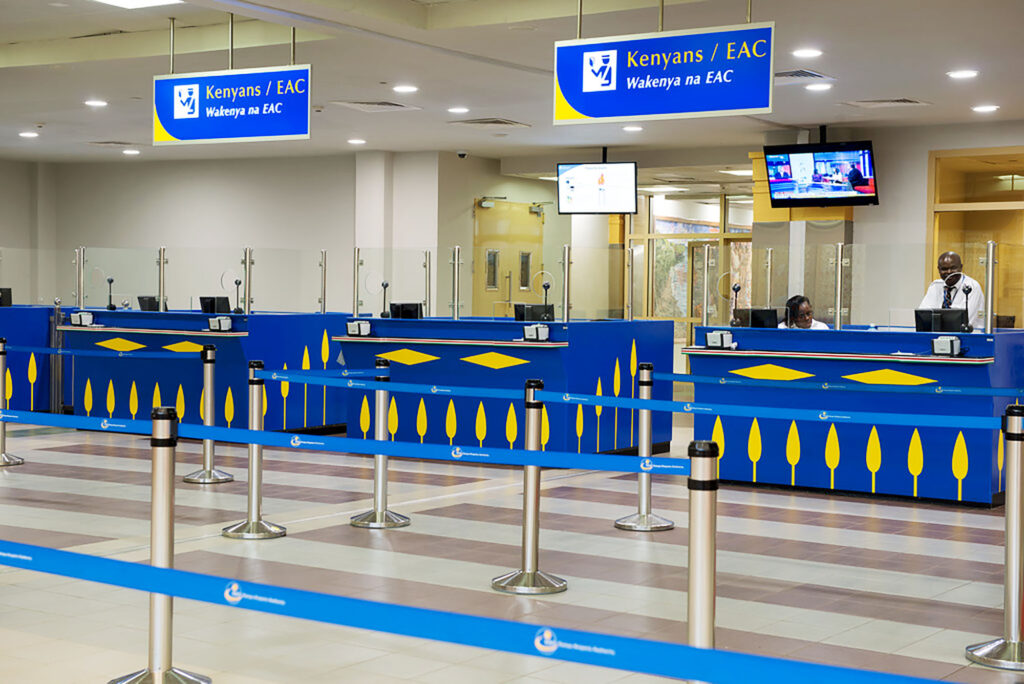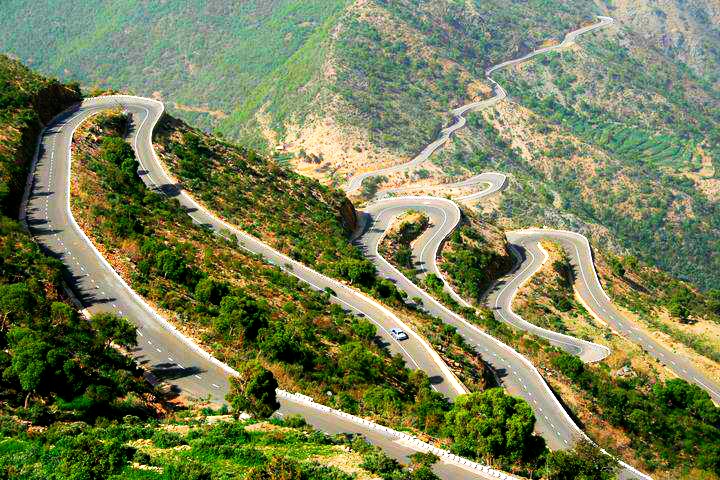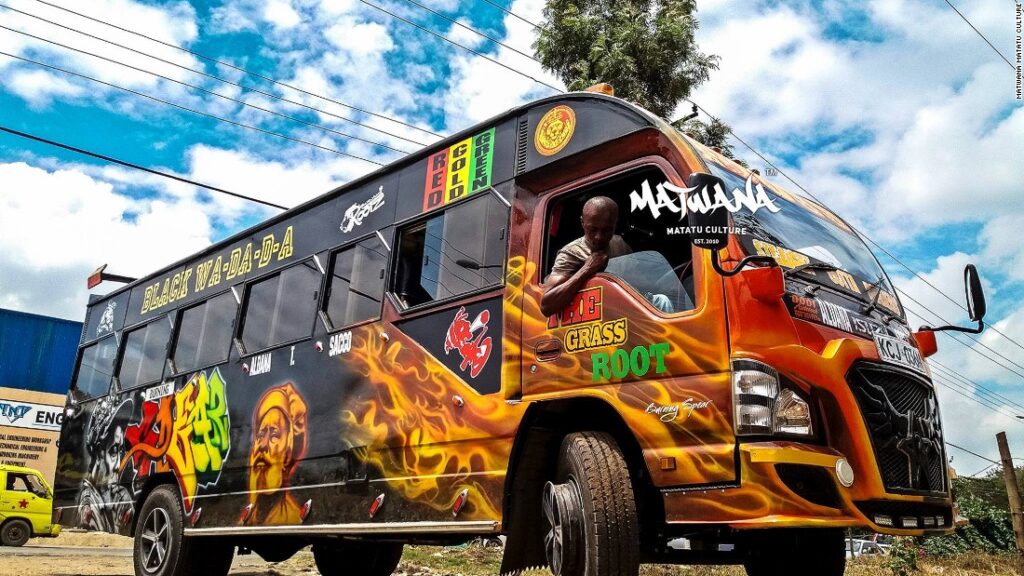Going to a foreign country usually comes with uncertainties and worries of finding some amenities. In this blog series, we guide you on what to expect as you come into Kenya whether for business or tourism.
Getting around in Kenya; Airports
Nairobi has two airports for domestic and regional flights: Jomo Kenyatta International Airport and Wilson Airport ). Kenya has over 150 domestic airports and airstrips and there are daily flights to the most popular destinations. In addition to the scheduled airlines, several private charter companies operate out of Wilson Airport.
Kenya AirwaysA, Air Kenya, Fly 540, Mombasa Air Safari and Safarilink serve the most popular safari destinations, plus many others such as Lake Victoria.


Getting around in Kenya; Baggage
On smaller, domestic planes the baggage allowance is restricted to 10-15 kg (22-33 lbs). Arrangements can be made to leave excess luggage with hotels or airlines
Getting around in Kenya; Road Network
Main roads between the major cities and towns are generally in good condition, and easily navigable in a normal saloon car. Most highways in the south are paved, but that’s not the case in the north. Vehicles are driven on the left side of the road.
While major roads are generally in a good condition, most minor gravel roads have deep potholes which deteriorate further in the rainy season. Dirt roads, including those in the parks and reserves, are extremely rough, and some are only passable with a 4-wheel drive.


Getting around in Kenya; Vehicles
You can hire self-drive and chauffeur-driven cars from travel agents and international hire companies. Drivers must be at least 23 years of age. Budget and Europcar have outlets at Jomo Kenyatta International Airport in Nairobi. The budget also has a desk at Moi International Airport in Mombasa, while Europcar has an office in town. Car hire can be expensive and rates vary significantly.
A driving license from a home country (and a translation if this is not in English) or an International Driving Permit is required. Third-party insurance is mandatory when hiring a car and it’s recommended to take out the additional collision damage waiver. A valid credit card is also needed.
All means of transport in Kenya currently have strict Covid-19 Regulations
Matatus (shared minibus taxis) hop from town to town, starting and finishing at bus stations. Fares are paid to the conductor. Private taxis can also be hired for long-distance journeys.
It is not possible to rent motorbikes or mopeds but some of the beach resorts hire out bicycles.
Numerous private bus companies operate in Kenya. Most vehicles are old and tend to depart when full, which means there are no set timetables. Petty theft on the vehicles and at bus stations can be a problem. Nevertheless, buses are cheap and link all long-distance destinations. Plus, seatbelts are now mandatory, so buses are relatively safe.


Nairobi and Mombasa have efficient local bus systems and there are also frequent matatus, but reckless driving and petty theft make them a dodgy option for tourists. Three-wheeled auto rickshaws are popular in town centers and carry up to three passengers.
The newer fleets of taxis (usually painted white with a yellow band) are reliable and have meters. The older yellow taxis do not have meters, so fares should be agreed in advance. In Nairobi, there is a fleet of London-style black cabs. A 10% tip is expected.
Popular taxi-hailing app Uber can be used to hail yourself a cab as well as numerous other local hailing apps, which are as efficient as uber. This includes Little Cab, Bolt, among others.

